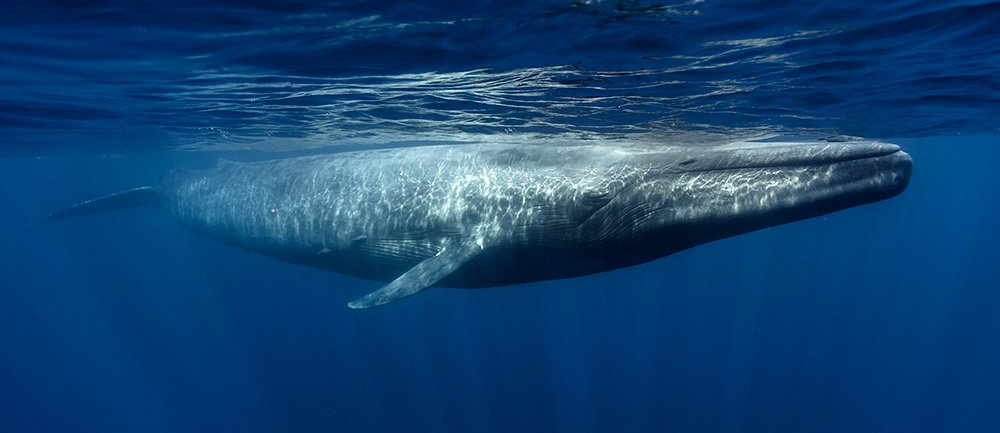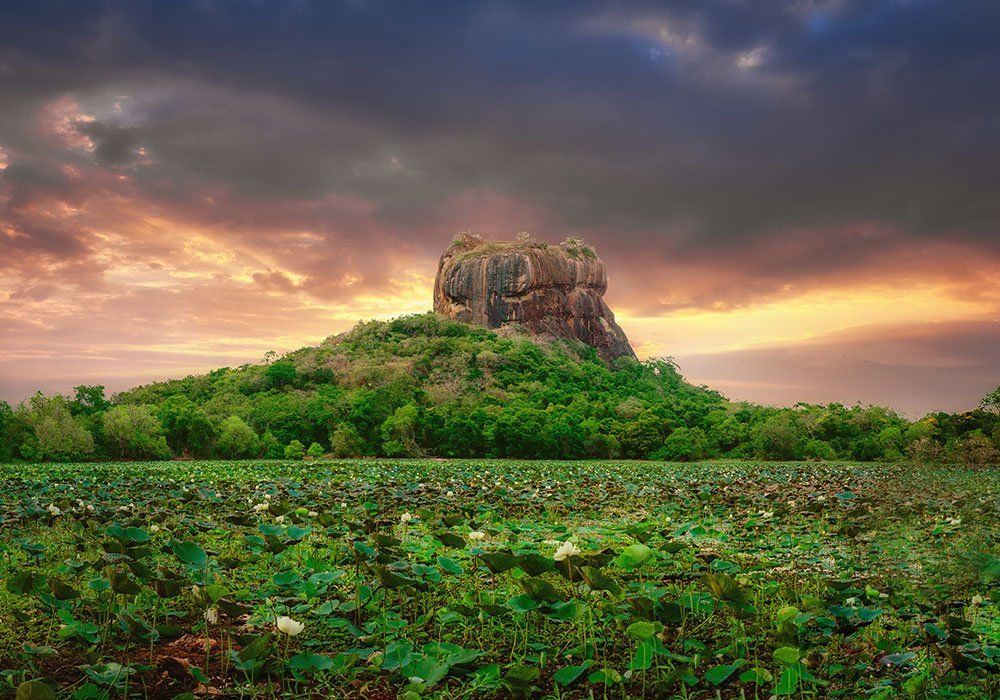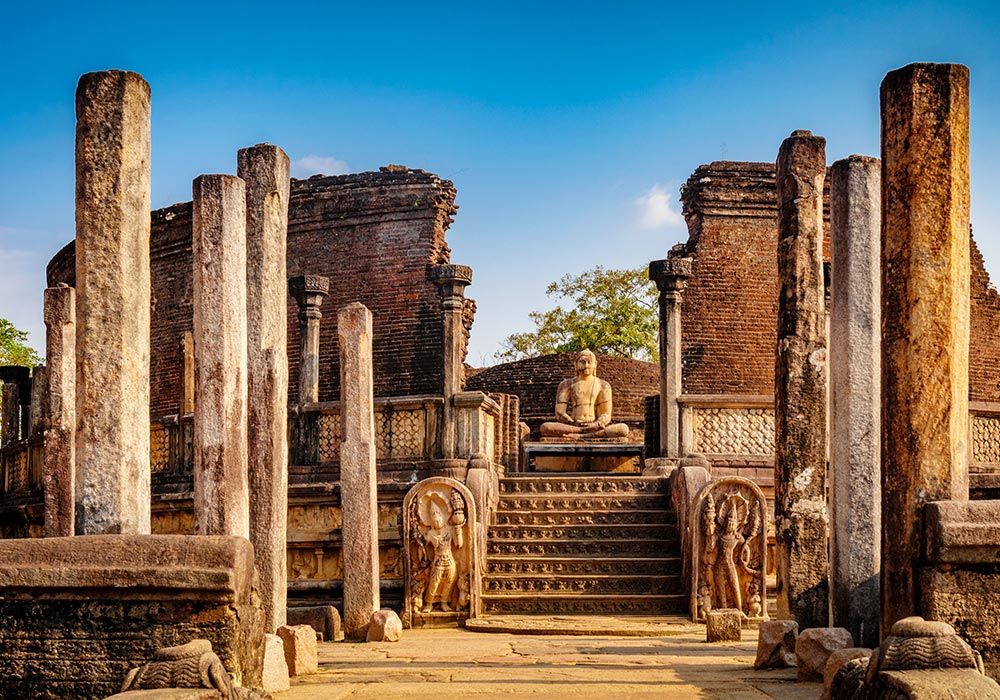SRI LANKA
DIVERSELANDSCAPES & WILDLIFE
DIVERSE LANDSCAPES & WILDLIFE
Sri Lanka (formerly Ceylon) is an island nation south of India in the Indian Ocean. Its diverse landscapes range from rainforest and arid plains to highlands and sandy beaches. It’s famed for its ancient Buddhist ruins, including the 5th-century citadel Sigiriya, with its palace and frescoes. The city of Anuradhapura, Sri Lanka's ancient capital, has many ruins dating back more than 2,000 years.
Despite its small size Sri Lanka boasts of one of the highest rates of biological endemism in the world whether in plants or animals and is included among the top five biodiversity hotspots in the world. Of the ninety-one species of mammals found in Sri Lanka Asian elephants, sloth bear, leopards, sambar and wild buffaloes engages the majority of the attention of wildlife enthusiast. Yet the rarest mammals of Sri Lanka are the red slender Loris, Toque Macaque, and Purple-faced Langur, who according to IUCN clarifications are endangered due to habitat loss.
Meanwhile the ocean around Sri Lanka is home to large families of cetaceans including the mighty blue whales, sperm whales and lively dolphins. Altogether 26 species of cetaceans rule the waters surrounding the country, making it one of the best locations for whale and dolphin watching.
Despite the mighty elephants and rare amphibians found in the country birds are the glory of the Sri Lanka’s wildlife. Boasting nearly 433 bird species.
Official Languages: Sinhala, Tamil
Capital: Sri Jayawardenepura Kotte
Government: Unitary semi-presidential constitutional republic
Head of State: President - Gotabhaya Rajapaksa
Religion: Buddhism, Hinduism
Currency: Sri Lankan rupee
Time Zone: UTC+5:30 (SLST)
Internet-TLD: .lk.ලංකා.இலங்கை
Telephone:
+94
Mobile: 900 (E-GSM) or 1800 (DCS)
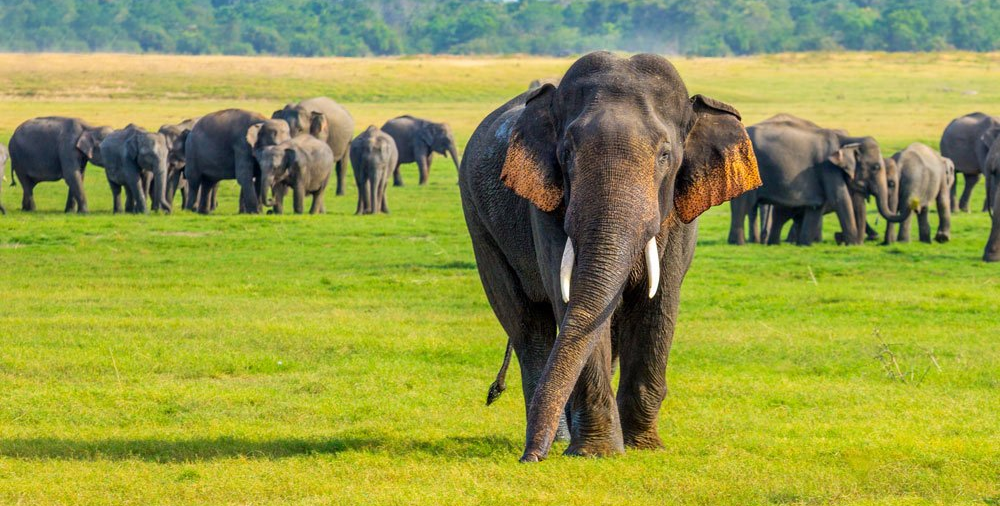
Dietary Requirements
Sri Lankan cuisine has been shaped by many historical, cultural and other factors. Contact with foreign traders who brought new food items, cultural influences from neighbouring countries as well as the local traditions of the country's ethnic groups among other things have all helped shape Sri Lankan cuisine. Influences from Indian (particularly South Indian), Indonesian and Dutch cuisines are most evident with Sri Lankan cuisine sharing close ties to other neighbouring South and Southeast Asian cuisines.
Dishes include rice and curry, pittu, kiribath, wholemeal roti, string hoppers, wattalapam (a rich pudding of Malay origin made of coconut milk, jaggery, cashew nuts, eggs, and spices including cinnamon and nutmeg), kottu, and hoppers. Jackfruit may sometimes replace rice. Traditionally food is served on a plantain leaf or lotus leaf.
Middle Eastern influences and practices are found in traditional Moor dishes, while Dutch and Portuguese influences are found with the island's Burgher community preserving their culture through traditional dishes such as Lamprais (rice cooked in stock and baked in a banana leaf), Breudher (Dutch Holiday Biscuit), and Bolo Fiado (Portuguese-style layer cake).
Brief History
Sri Lanka has been continuously inhabited for more than 2 million years, with the original inhabitants descended from Stone Age hunter gatherers.
Immigration arrived from northern India around the 5th century BCE, forming the basis of the modern Sinhalese population. Tamils from the south of India arrived approximately two centuries later, settling in Jaffna.
Sri Lanka’s history is a source of great pride to both Sinhalese and Tamils, the country’s two largest ethnic groups. The only problem is, they have two completely different versions. Every historical site, religious structure, even village name seems to have conflicting stories about its origin.
In contrast to the largely Buddhist Sinhalese, most Tamils are Hindu or Christian and form a minority in the Sri Lankan population.
Today Sri Lanka is a democratic republic governed by a president and prime minister.
Climate
Sri Lanka is a tropical country located quite close to the equator thus bringing an over all warm climate throughout the year with the exceptions of a couple of monsoons seasons which lasts for a couple of months.
Sri Lankan climate suits well for tourists who want to work out on their tan and soak up a couple of vitamin Ds.
Sri Lanka's climate is tropical and consists of distinct wet and dry seasons. Generally speaking, the coastal areas of Sri Lanka enjoy temperatures averaging 28°C (82°F) while the upland areas are cooler and more temperate, with a yearly average around 16-20°C (60-68°F).
Since Sri Lanka doesn't have marked seasons per say monsoon seasons are usually assumed within a range of a months. The monsoon seasons are generally considered to be with May or August and November to February. January is said to be the coldest during the year whereas the hottest would be from May to June.
Visa
Visitors to Sri Lanka visiting for tourism purposes must obtain an Electronic Travel Authorisation (ETA), unless they are exempt, prior to arrival or on arrival to Sri Lanka or they must obtain a visa in advance.
Visa and other entry and exit conditions (such as currency, customs and quarantine regulations) can change at short notice. Contact the nearest Embassy or Consulate of Sri Lanka for up-to-date information.
Sri Lanka visa requirements for Australian citizens. Australia is among the many countries whose citizens are eligible for a Sri Lanka visa on arrival. However, as an Australian, you need to get a Sri Lanka ETA before departure. All travellers who wish to apply for a Sri Lanka ETA must have a valid passport.
Make sure that you have at least 6 months left on your passport or you may be denied entry.
SRI LANKA
AVAILABLE TOURS
Note: A 25% per person non refundable deposit is required at the time of booking.


